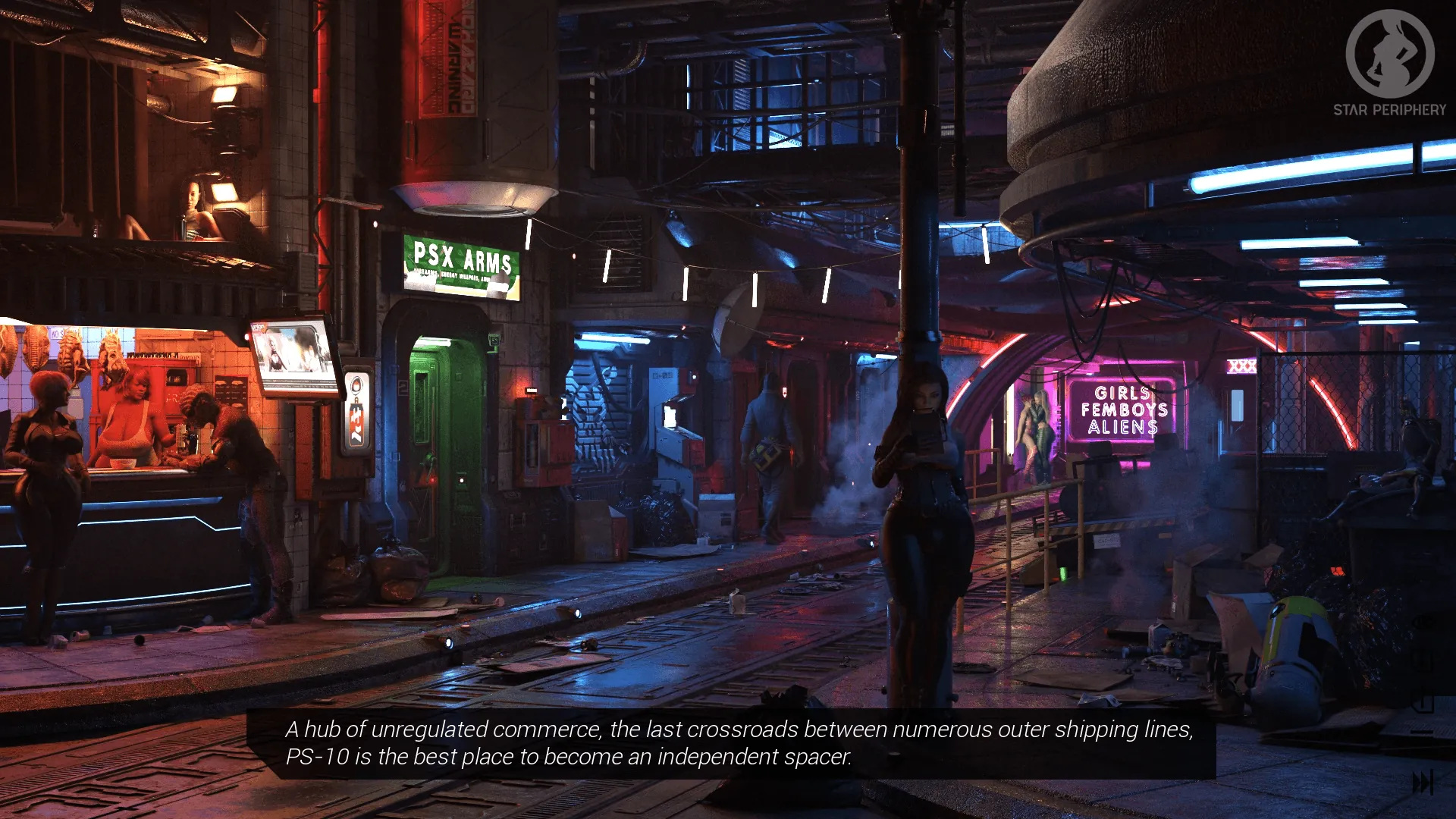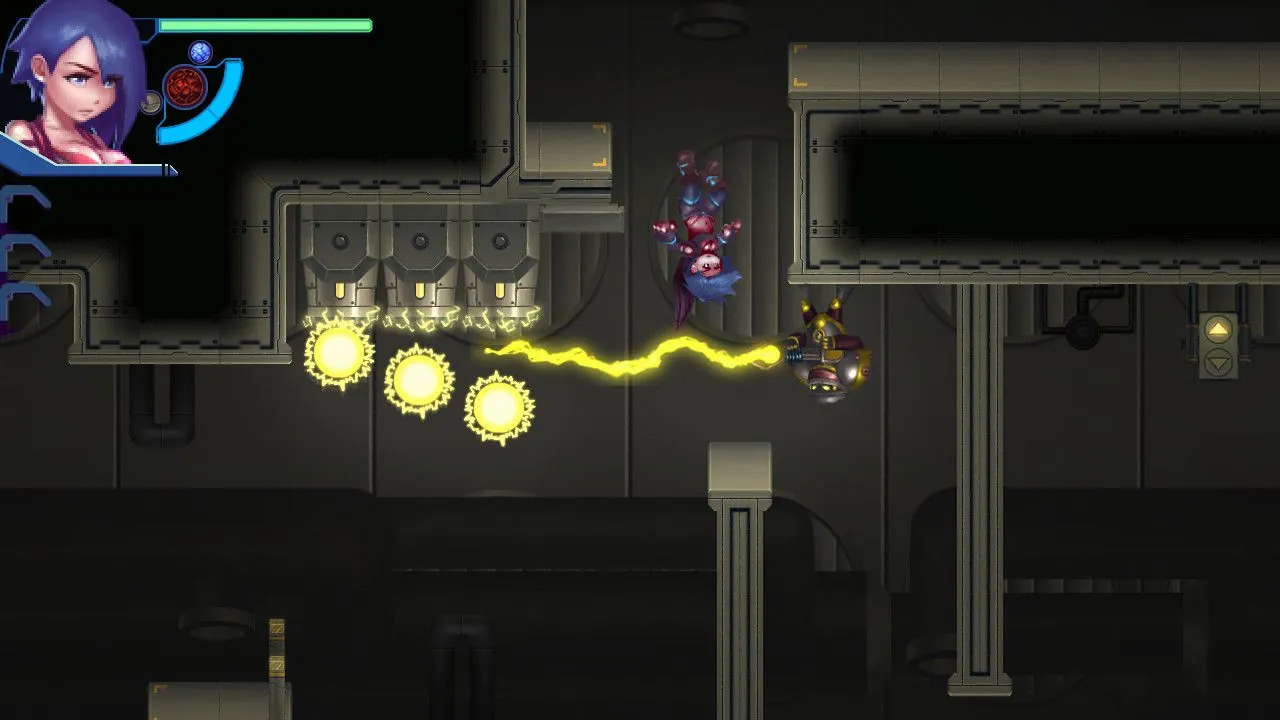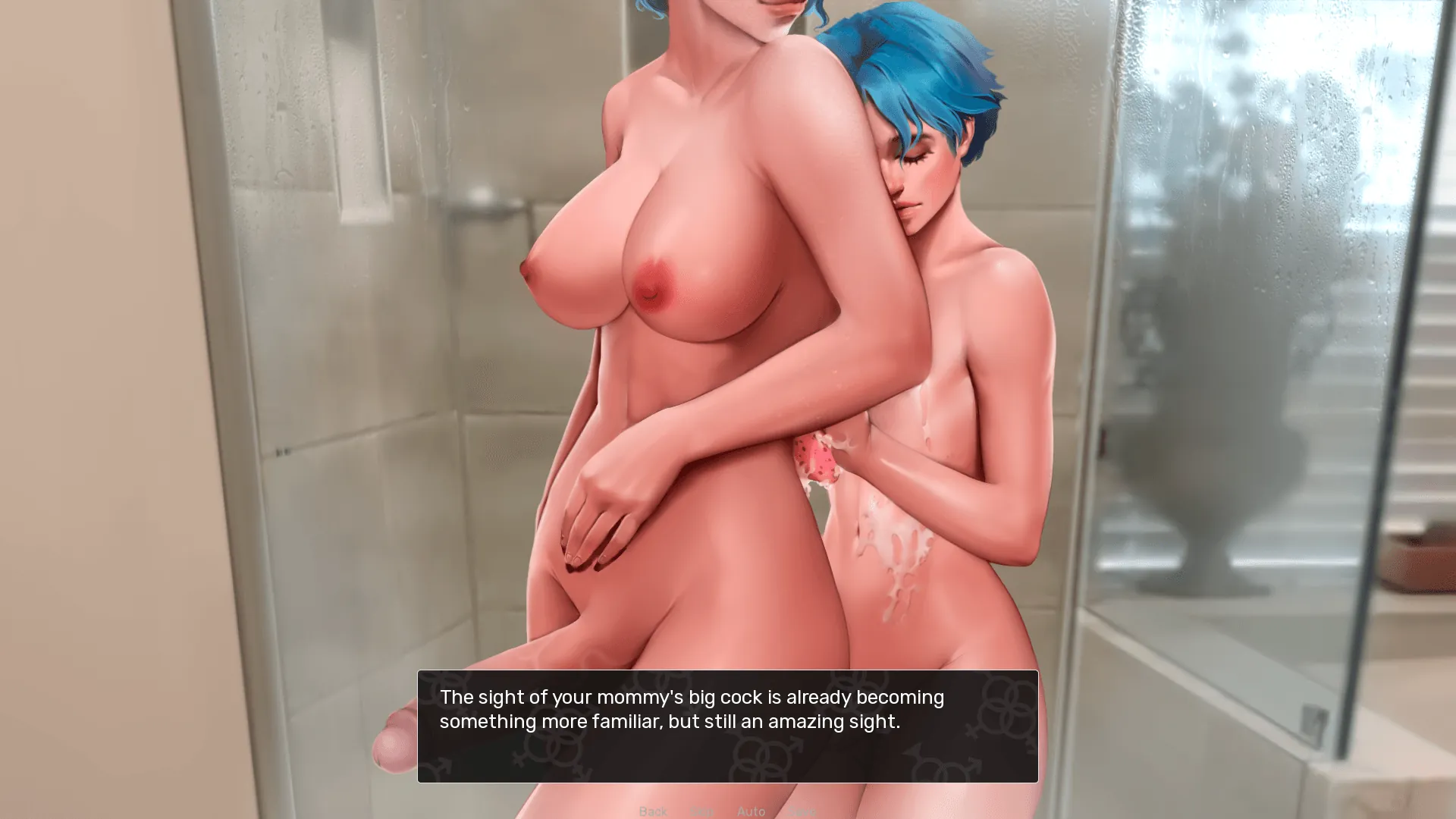
Life Changes for Keeley
Play Life Changes for Keeley
Life Changes for Keeley review
Exploring Narrative Depth in Modern Character-Driven Experiences
In an era where digital narratives push creative boundaries, ‘Life Changes for Keeley’ emerges as a groundbreaking exploration of human relationships through interactive fiction. This deep dive examines how the experience redefines player agency while maintaining emotional authenticity. Through its innovative approach to branching storylines and psychological realism, the project establishes new benchmarks for mature-themed character studies in gaming.
Narrative Architecture & Player Agency
Dual Perspective Storytelling Mechanics
Imagine trying to solve a relationship problem while only hearing one side of the story. 🕵️♂️ It’s like watching a movie with the screen half-covered—you’ll never get the full picture. That’s why Life Changes for Keeley flips the script with its dual protagonist system, letting you control both James and Claryce in a dance of conflicting desires and messy, human decisions.
Here’s the kicker: every choice you make as one character ripples into the other’s world. I once watched a player swear loudly when Claryce’s sarcastic joke (meant to lighten the mood) accidentally triggered James’ insecurity about his career. The result? A heated argument neither saw coming—all because the game’s branching narrative design tracks over 500+ dialogue permutations based on who’s “holding the mic.” 🎤
💡 Pro tip: Play through scenes twice—once as each protagonist. You’ll uncover hidden layers of motivation that’ll make your head spin.
This isn’t just about alternating perspectives. It’s about curating tension. Want James to prioritize his art career but have Claryce secretly resent his absence? The game lets you lean into those contradictions, creating a story that feels less like a choose-your-own-adventure and more like tending a bonfire. 🔥
| Feature | Traditional Visual Novels | Life Changes for Keeley |
|---|---|---|
| Branching Paths | 3-5 major endings | 72+ dynamic endings |
| Dialogue Choices | Linear, cosmetic | 500+ permutations |
| Perspective Shifts | Rare, fixed | Dual protagonist-driven |
| Consequence Depth | Immediate results | Time-delayed triggers |
Emotional Consequence Systems
Let’s get real: most games treat emotions like a light switch—happy, sad, angry, done. Life Changes for Keeley laughs in the face of that simplicity. Its emotional consequence engine works like a moody sous-chef, simmering every snarky comment, vulnerable confession, or silent treatment into a narrative stew that’ll leave you craving seconds. 🍲
Take it from me: during a playtest, I ignored Claryce’s subtle hints about feeling overshadowed. Three chapters later, she ghosted James for a weekend artist retreat. Why? Because the relationship stability metrics had quietly nosedived, turning a minor oversight into a full-blown crisis. The game doesn’t just track emotions—it weaponizes them.
Key features that’ll wreck your chill:
– Mood fingerprints: Characters remember how you said something, not just what
– Stability decay: Leave conflicts unresolved, and watch trust erode like a sandcastle at high tide 🏖️
– Empathy multipliers: Kind gestures during low points yield bigger payoffs later
This isn’t just about making players “feel things.” It’s about forcing you to live with the emotional debt of every half-truth or hasty apology. The emotional consequence engine ensures no choice is ever just a choice—it’s a down payment on future chaos.
Temporal Decision Impact Modeling
Ever donated old clothes, only to regret it six months later when you need that one jacket? Life Changes for Keeley gets it. Its time-delayed choices act like narrative landmines, detonating when you’ve long forgotten planting them. 💣
Here’s how it messed with me: In Chapter 2, I let James skip his sister’s birthday party to finish a painting. No big deal, right? Fast-forward to Chapter 7, and that same sister refuses to lend him money during an emergency. Ouch. The game’s branching narrative design doesn’t do instant karma—it serves revenge cold, with a side of “oh, you thought this was resolved?”
Why this works:
– Realistic pacing: Consequences unfold like real-life fallout, not plot convenience
– Memory triggers: Past decisions resurface in new contexts (that text you forgot about? It’s Exhibit A now)
– Butterfly effect: Tiny choices snowball into avalanches 🏔️
🕰️ Don’t play this game like a checklist. Play it like you’re living it—because Keeley’s world remembers everything.
The genius here isn’t just the delay—it’s how it reshapes your strategy. You’ll second-guess every decision, wondering which innocuous comment will come back to bite you. It’s storytelling as psychological warfare, and honestly? We’re here for it.
So, does Life Changes for Keeley reinvent the wheel? Nah. It replaces the wheel with a hyperdrive engine. By weaving dual protagonist systems, emotional consequence engines, and time-delayed choices into a single tapestry, it turns every playthrough into a therapy session you voluntarily sign up for. 🛋️ Whether you’re here for the drama, the strategy, or the sheer chaos of human connection, this isn’t just a game—it’s a masterclass in why stories matter. Now go break some hearts (including your own). 💔
Through its sophisticated narrative systems and emotional depth, ‘Life Changes for Keeley’ demonstrates how interactive fiction can mature beyond traditional genre constraints. The experience challenges players to confront complex relationship dynamics while delivering unprecedented character development depth. For those seeking thought-provoking digital storytelling, this title represents essential engagement with modern narrative design possibilities.
















